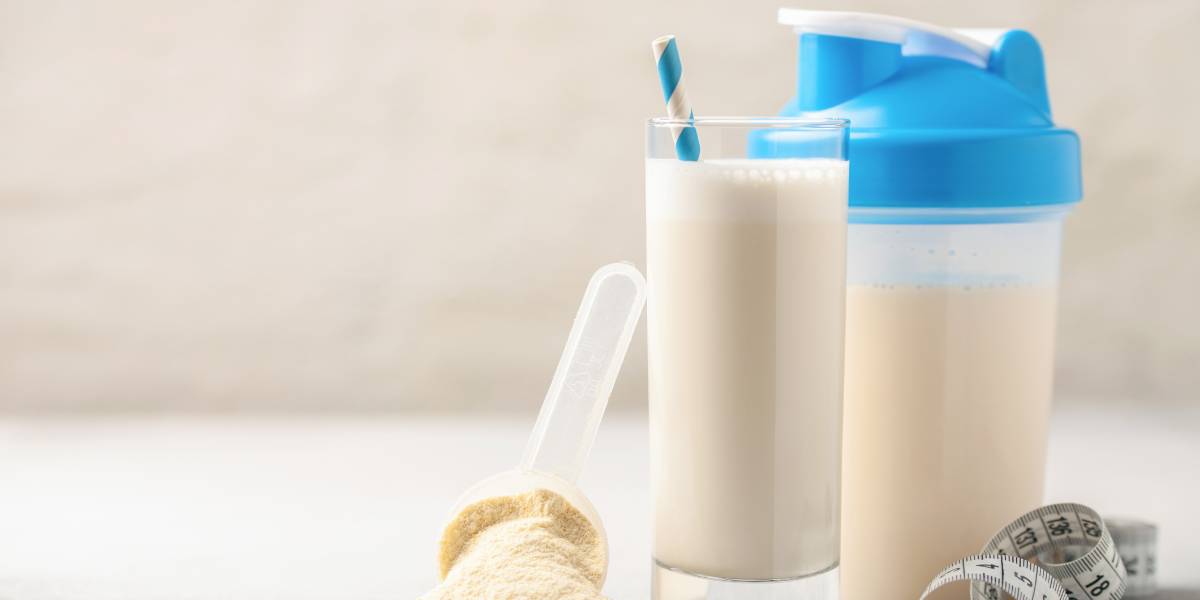The United Kingdom government has confirmed that the soft drinks industry levy, often known as the sugar tax, will be widened to cover more sugary drinks, including many bottled milk based products and flavoured plant based drinks.
The threshold at which the levy applies will also be tightened.
These changes are part of a wider attempt to tackle rising levels of obesity and tooth decay, particularly in children – and will be confirmed by the Chancellor during the Budget, which surprisingly was published in totality in error by the OBR before the budget itself was announced in parliament.
What is changing
At present, the levy applies to most canned and bottled soft drinks with at least 5 grams of total sugar per 100 millilitres.
Drinks are taxed at two levels, with a higher rate for those with the greatest sugar content.
Plain milk and ready made milk drinks have been exempt.
Under the new plans:
- The sugar threshold will fall from 5 grams to 4 point 5 grams per 100 millilitres
- Bottled and carton milkshakes, flavoured milks and many milk substitute drinks will come within the scope of the levy
- Drinks freshly prepared and served in cafes, restaurants and bars will remain outside the levy
The change is due to take effect from 1 January 2028, after a further round of consultation.
- Sugar tax reduced adult consumption by 11g a day
- Temperature of food and drinks can influence mental and gut health
- Risk of liver disease increased by drinking one can of fizzy drink per day
That gives manufacturers roughly two years to reduce sugar content if they want to avoid the charge.
Government modelling suggests the revised levy could bring in around 40 to 45 million pounds each year, while cutting millions of calories from daily intake across the population.
Why bring in bottled milkshakes and similar drinks
Milk and milk substitute drinks can make an important contribution to protein and calcium intake, especially in children. That was one reason they originally sat outside the sugar tax. However, some bottled milkshakes and flavoured milk drinks contain sugar levels that are closer to desserts than to plain milk.
Health and dental bodies have highlighted that these products are often heavily marketed to children and teenagers. Tooth decay remains the leading cause of hospital admissions in young children in England.
Cutting sugar exposure from drinks is seen as a relatively straightforward way to reduce that burden.
- Normalising blood sugar levels as beneficial as losing weight for reducing type 2 diabetes risk
- Teen with type 1 diabetes removed from Jet2 flight over low blood sugar
- Hair loss could be triggered by sugary drinks
The government will include a lactose allowance in its calculations to account for naturally occurring milk sugars.
The levy is intended to target added sugars rather than the sugar that is inherent in plain milk.
What the sugar tax has done so far
When the soft drinks industry levy was first introduced in 2016, some commentators expected manufacturers simply to pay the tax and pass on the cost.
In practice, the opposite has happened. Between 2015 and 2019, about two thirds of drinks that would have been caught by the levy were reformulated to fall below the threshold. Today, nearly nine in ten soft drinks on sale contain less sugar than the level at which the levy applies.
During the same period, children’s intake of sugar from soft drinks has fallen and hospital admissions for tooth decay in young children have shown a modest decline.
While it is always difficult to attribute changes in health outcomes to a single policy, the levy is widely regarded by public health bodies as a success.
What this means if you live with diabetes or are trying to reduce your risk
Sugary drinks are a quick way to take in large amounts of sugar, often without feeling full.
For people with type 2 diabetes they can lead to rapid rises in blood glucose. For those at risk of diabetes they contribute extra calories that encourage weight gain.
The extension of the levy will not remove these drinks from shelves, and it will not affect milkshakes and lattes made to order on the high street.
What it may do is encourage more products on supermarket shelves to contain less sugar. That gives people more lower sugar options when they are choosing bottled drinks.
Some practical points:
- Check labels on bottled milkshakes, flavoured milks and ready to drink coffees. Many are closer to a dessert than to a simple drink
- Where possible, choose plain milk, unsweetened plant drinks or coffee without added syrups and cream
- Remember that sugar free or low sugar drinks are usually a better choice than full sugar versions if you have diabetes, although they can still affect teeth and appetite
For children, shifting family habits away from routine sugary drinks, including sweetened milk drinks, is one of the most effective ways to cut sugar intake.






